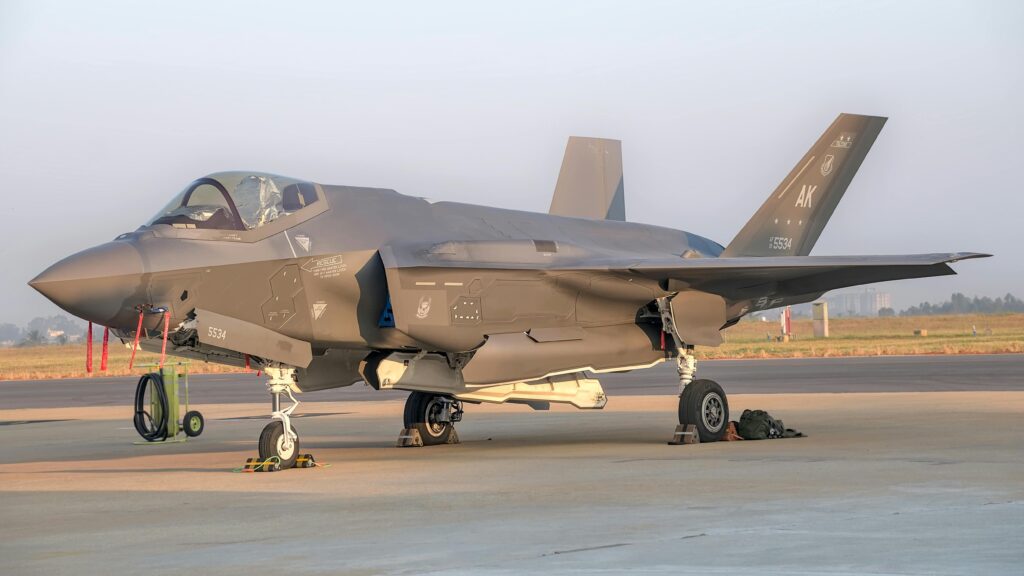- Politics
- J-35 stealth fighter Pakistan
- By Manohar Patil
Pakistan's Air Power Soars: Acquiring 40 Chinese J-35 Stealth Jets
Pakistan is on the cusp of a significant transformation in its air power capabilities with the imminent acquisition of 40 J-35 stealth fighter jets from China. This landmark deal, reportedly for the FC-31 export variant of the J-35, is set to elevate the Pakistan Air Force (PAF) into an elite club of nations operating fifth-generation aircraft, profoundly impacting the regional military balance. Deliveries are anticipated to begin by the end of 2025, marking China’s first international export of this advanced platform.
A Leap into Fifth-Generation Airpower
The J-35, also known as the FC-31 or Gyrfalcon, represents China’s second indigenous fifth-generation fighter after the larger J-20. Developed by Shenyang Aircraft Corporation, this twin-engine, single-seater, supersonic multirole jet boasts advanced stealth features, significantly reducing its radar cross-section to a level comparable with the U.S. F-35. Its design incorporates faceted fuselages, angled vertical stabilizers, and internal weapons bays, all contributing to its low-observable profile. This stealth capability is paramount in modern aerial warfare, enabling “first detection, first strike” advantages and enhancing survivability in contested airspace.
Capabilities and Strategic Implications
The FC-31 variant destined for Pakistan is equipped with advanced avionics, including an active electronically scanned array (AESA) radar, an electro-optical targeting system (EOTS), and an infrared search-and-track (IRST) system. These sophisticated sensors enhance situational awareness and targeting precision. Crucially, the J-35 is designed for network-centric warfare, capable of sharing target data with other weapon systems, including surface-to-air missiles, to guide munitions. This integration promises to amplify the PAF’s overall combat effectiveness and create a more cohesive battlefield environment.
The acquisition of these 40 J-35 stealth fighters holds immense strategic implications for Pakistan and the broader South Asian region. Historically, Pakistan has relied heavily on Chinese military hardware for its modernization efforts, and this deal further solidifies that partnership. The induction of fifth-generation capabilities will significantly enhance Pakistan’s air defense and offensive strike capabilities, potentially narrowing any perceived technological gaps with regional adversaries.
Training and Future Outlook
Reports indicate that Pakistani pilots have already been undergoing extensive training in China on the FC-31 variant for over six months, underscoring the commitment to seamless integration and operational readiness. This forward-thinking approach suggests that Pakistan aims to rapidly operationalize these advanced jets upon delivery.
While the J-35’s combat history remains unproven, its technical specifications and demonstrated capabilities during various airshows highlight its potential. The export of the J-35 signifies China’s growing prowess as a global defense supplier and its willingness to share advanced military technology with key allies. As Pakistan prepares to field a formidable fifth-generation fleet, this development will undoubtedly spur further military modernization efforts across the region, reshaping the dynamics of air power for years to come.
Share this Article
WhatsApp
LinkedIn
Telegram
Email
Get Daily Updates to Your Inbox
Subscribe to News Letter
Advertisement


